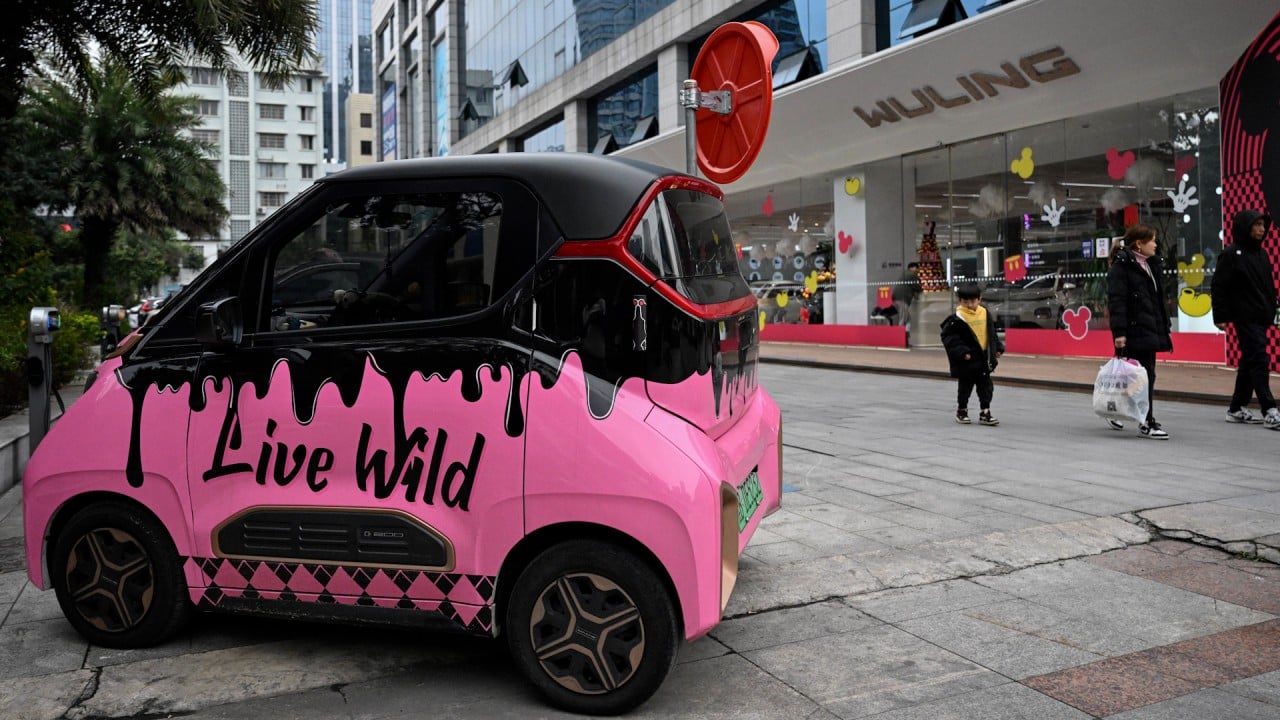“The main thing for consumers would be affordable EVs. A lot of people say they would buy an EV if it’s within 70,000 ringgit to 80,000 ringgit (US$14,941 to US$17,066). Anything over 100,000 ringgit is just too pricey for them.”
The costs of converting to an EV are a sticking point across the region.
Major EV players in China, the world’s largest EV market, have seen a sharp slump in sales over the first quarter of this year, when deliveries went down by 31 per cent annually to 1.76 million units for pure electric and plug-in hybrids, according to the China Passenger Car Association (CPCA).
The slide triggered a price war in China, led by BYD – the country’s biggest EV maker – after it reported a 43 per cent decline in first quarter sales this year. BYD slashed prices of nearly all of its cars by between 5 and 20 per cent since mid-February.
BYD’s aggressive move led to broad price cuts among its competitors, averaging at around 10 per cent for 50 models across a range of brands, Goldman Sachs said in an April report.
Thailand, Southeast Asia’s automotive hub, reported a 684 per cent spike in EV take-up in 2023, with sales totalling 78,314 units compared to 9,729 units the previous year, according to government data.
The swift growth, however, was heavily dependent on generous subsidies and reduced levies for passenger EVs, and remains a minute percentage of the 44 million total vehicles registered in the kingdom.
Smart Malaysia’s Tiah conceded that most EVs in the Malaysian market remain in the premium segment. The company’s #1 – the flagship EV offering from Mercedes-Benz and China’s Geely joint venture – starts at 169,000 ringgit (US$36,266) and caters mostly to car enthusiasts, he said.
But this is where the government needs to ramp up education to help convince the public on the benefits of shifting to EVs such as lower tailpipe pollution in cities, he said, as cheaper options will eventually hit the market.
“You can’t sell something to people that they don’t know about … their mindset is conservative, they like what they already have,” Tiah said.
The premium nature of EVs currently on the market also narrows the client base down to a small, albeit wealthy segment who are typically looking for a second or third car, according to a representative of a Chinese marque.
Sufficient charging infrastructure also needs to be put in place to address range anxiety – the worry that the car will not have adequate charge to reach its destination.
“It’s a chicken-and-egg issue, whether you want to build your infrastructure based on demand or use infrastructure to boost demand,” said the representative, who asked not to be named as they were not authorised to speak to the media.
“It really depends on government incentives, a lot of push and pull by both government and industry players.”
Last year, the government set a target for Perodua, Malaysia’s largest domestic car maker by sales volume, and fellow local marque Proton, to introduce home-grown EVs by 2025, to help hit the 15 per cent penetration by 2030 target coveted by Prime Minister Anwar.
“The moment we bring out our car, I think the others will bring down their prices, so people will start to buy,” Zainal Abidin Ahmad, Perodua chief executive, told reporters.
Development of the EV is 60 per cent in progress and the model is expected to sell at below 100,000 ringgit once it goes to market, he added.

